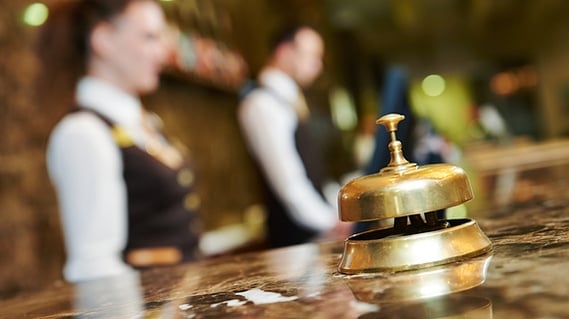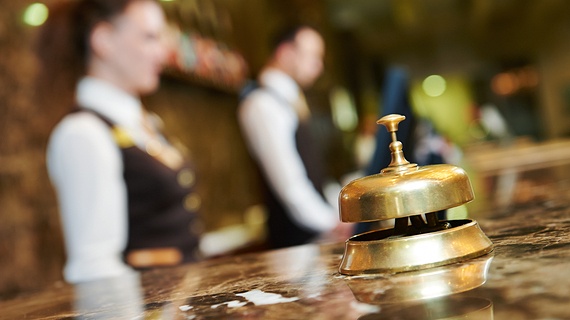
An outbreak of Legionnaires’ disease ranks high up the league table of any hotel manager’s nightmares.The first known outbreak of the disease occurred at a hotel in Philadelphia, hospitalising 130 people and killing 25 within a week. Since then there have been cases at other hotels across the world, including the UK: in 2015 a Bournemouth hotel was investigated after a holidaymaker fell ill, while earlier this year a Lancashire man contracted the disease at a hotel in Greece.
It’s therefore essential, both for your hotel’s reputation and to avoid hefty fines and prosecution, to keep the legionella bacteria – which causes Legionnaires’ disease – firmly under control. This blog is here to help you do it right.
How legionella is spread
Legionella bacteria can thrive in warm water systems, especially those at a temperature of 20° to 45° C. It becomes riskiest where there is a chance of people inhaling droplets of infected water.
In hotels, this means there can be many potentially risky facilities. These might include:
- Showers and taps
- Spas and whirlpool baths
- Ornamental fountains
- Humidified food displays
- Cooling towers and evaporative condensers for air conditioning
You also need to think where the legionella bacteria might have access to the nutrition it needs to multiply and thrive. This could be in slime and dirt in pipes and tanks, in pipes where there is little water flow (such as dead legs and in pipework leading to unoccupied rooms), and in scale in pipes, showers and taps. You then need to take steps to make sure the conditions are less favourable for the bacteria.
Managing the risk
Hotels also have additional risk factors that need to be taken into account. If you have seasonal fluctuations in occupancy rates, it may be that water in pipes or tanks may sit unused for long periods of time – allowing legionella to take a hold. Also, if you have a high turnover of guests, the number of people potentially exposed to any outbreak of Legionnaires’ disease could be high.
All of this should, of course, be documented in an up-to-date legionella risk assessment (which all employers and individuals in control of premises in the UK are legally required to undertake).
In order to mitigate the risk, you need a named person responsible for legionella control who is trained to oversee a regime that:
- Keeps water hot and circulating
- Keeps shower heads and taps clean and scale-free
- Cleans and disinfects all water filters regularly
- Inspects water storage tanks and pipes regularly
- Treats high risk facilities such as spa pools with chlorine or bromine and disinfects them regularly
- Cleans and disinfects cooling towers regularly
- Runs taps in unoccupied rooms at least once weekly
- Test regularly for legionella bacteria
This list is not exhaustive, but it should give you a sense of the challenges you face ensuring that your hotel doesn’t suffer from a damaging outbreak of Legionnaires’ disease.
To learn more about the legionella risks that are present within a hotel setting, download our new guide - it'll help you protect your residents from an outbreak.








